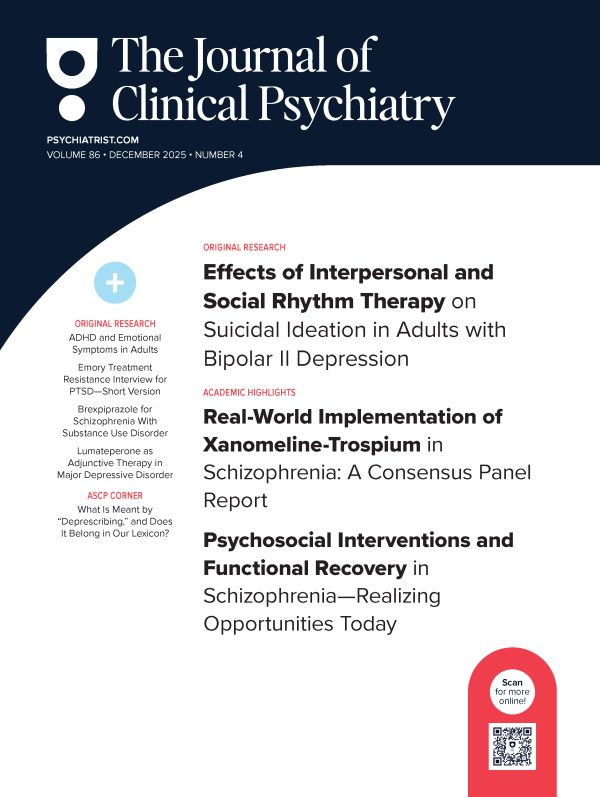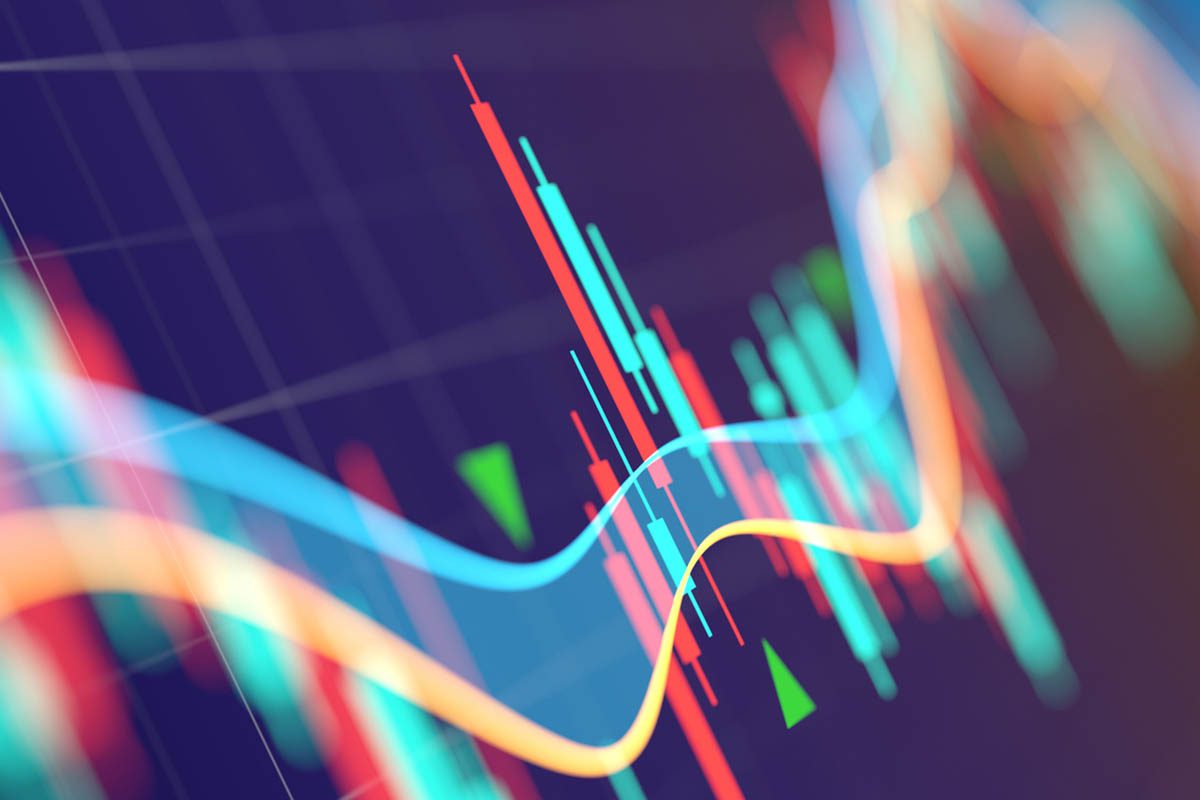Background: Repetitive transcranial magnetic stimulation (rTMS) has been developed as a novel tool for improving depression by delivering magnetic stimulation to the brain. However, the apparent effects of rTMS on depression have been varied in different studies. The aims of this study were to determine whether left dorsolateral prefrontal cortex rTMS can alleviate medication-resistant depression in Chinese patients and to investigate what demographic variables or clinical features may predict better response.
Method: We designed a 2-week randomized, double-blind, sham-controlled study of add-on rTMS. A total of 30 medication-resistant patients with DSM-IV major depressive disorder or bipolar disorder, depressed episode completed 10 sessions of active or sham rTMS–10 patients at each of 2 frequencies, faster (20 Hz) or slower (5 Hz) at 100% motor threshold, and 10 patients at sham stimulation.
Results: Patients at both stimulation frequencies demonstrated a superior reduction of depression severity compared to sham stimulation (active = 55.7% vs. sham = 16.3%). The response rate for active rTMS was 60%, in contrast to 10% for the sham treatment. No difference in clinical response was observed between 5 Hz and 20 Hz active rTMS. Clinical variables showed that younger age and less severe depression at entry may predict the clinical response to rTMS. Except for 1 patient in which rTMS appeared to induce mania, this procedure posed no safety problem.
Conclusions: To our knowledge, this is the first study to demonstrate the clinical efficacy and safety of rTMS in Chinese patients. Since not all the rTMS trials in previous reports had positive results, further larger trials are still warranted.
Please sign in or purchase this PDF for $40.00.





